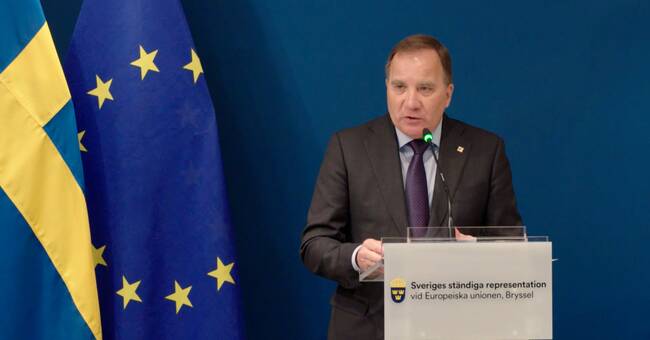Prime Minister Stefan Löfven (S) has the promise for Tuesday's continued EU summit in Brussels.
- First and foremost, we will vaccinate Sweden, without delays.
But we have also signed up for more doses than we need.
Today, I will announce to the EU circle that Sweden will be able to contribute at least three million doses to the joint EU commitment, Löfven (S) says at a Swedish press conference.
However, Löfven can not yet say what kind of vaccine it is.
- We will get a surplus of doses and then it is also reasonable that we of course share it, because the whole world needs to be vaccinated.
But exactly which and exactly when - we are not there yet, says the Prime Minister.
One hundred million
Denmark also contributes the same amount, announces Prime Minister Mette Frederiksen (S), according to the news agency Ritzau.
Denmark has entered into advance agreements for the purchase of millions of doses from Astra Zeneca and Johnson & Johnson, but it is unclear how much has been delivered.
The vaccines from the two companies are not included in the official Danish vaccination program.
The Swedish and Danish doses are part of the 100 million doses that the leaders of the EU countries are expected to promise to the international vaccine collaboration Covax "before the turn of the year" on Tuesday.
Among other things, both Germany and France have tentatively announced that they will each contribute 30 million doses to Covax.
Corona and climate
The situation in the corona pandemic is one of the main topics during Tuesday's continued EU summit in Brussels.
"The European Council (EU Heads of State and Government) calls for increased efforts to ensure globally fair access to covid-19 vaccine and supports Covax's leading role in this area," the leaders are expected to promise in a joint statement.
In addition to the corona situation, Löfven and his colleagues will also give their views on the climate situation, ahead of the large number of new proposals that the European Commission will come up with this summer to achieve the goal of a 55 percent emission reduction by 2030, compared to 1990 levels.

